In Ta Chu village, Sung A Rua is picking young tea buds still wet with dew. He smiles gently: “Before, people only picked tea to sell retail, the income was not worth much. Since the establishment of the Phinh Ho Shan Tuyet Tea Cooperative, tea has been purchased stably, at high prices, each year my family earns over 40 million VND. Life has improved a lot.”
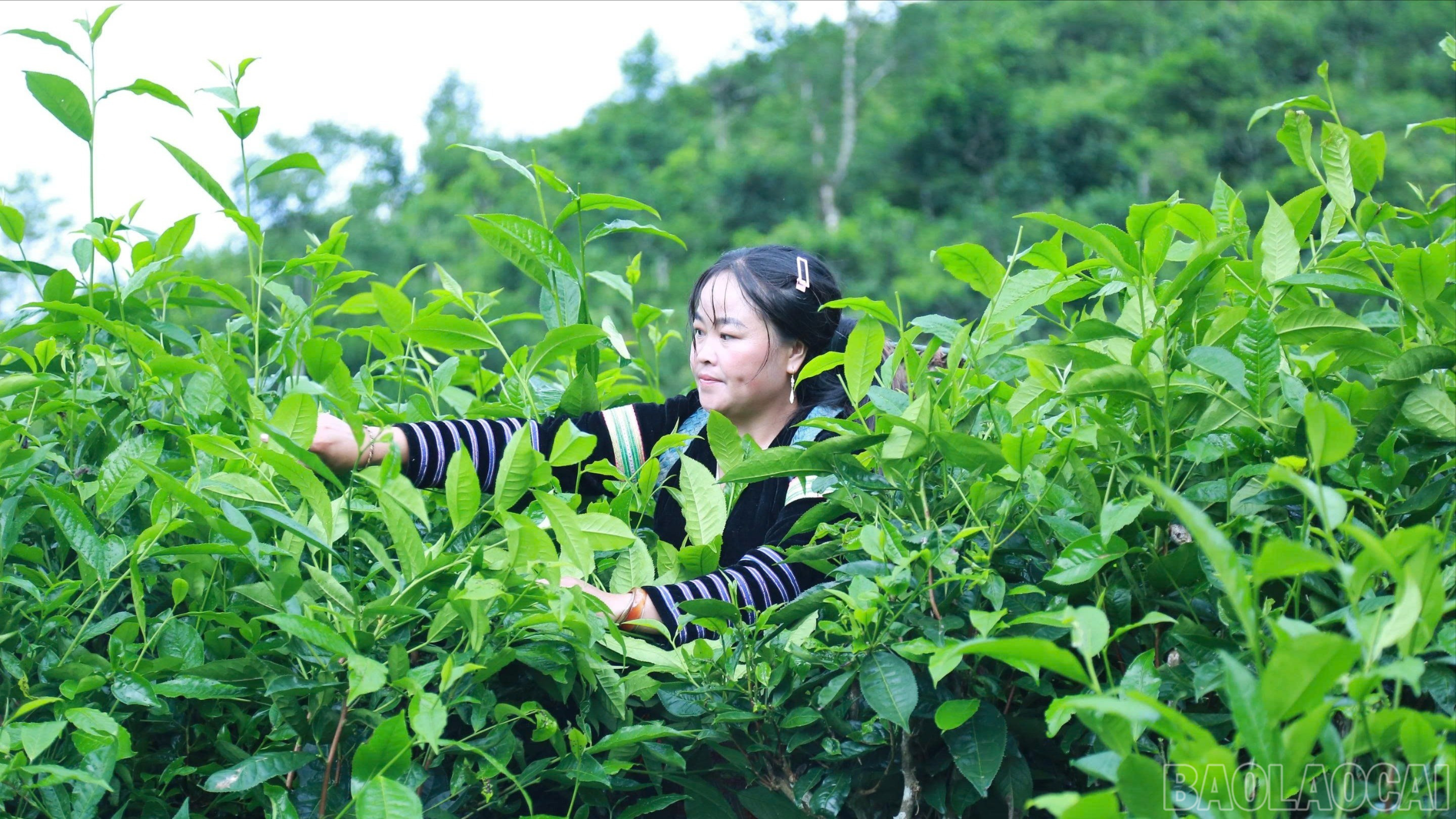
The story of Mr. Rua is a vivid proof of the change in the Shan Tuyet tea area, which is more than 300 years old. Phinh Ho currently has 322 hectares of Shan Tuyet tea, of which 115 hectares are ancient tea trees spreading shade in the middle of the forest. Tea trees have been closely associated with the lives of the Mong people for generations, and have now become a specialty product, certified by the Department of Intellectual Property as a geographical indication of "Phinh Ho Shan Tuyet Tea".
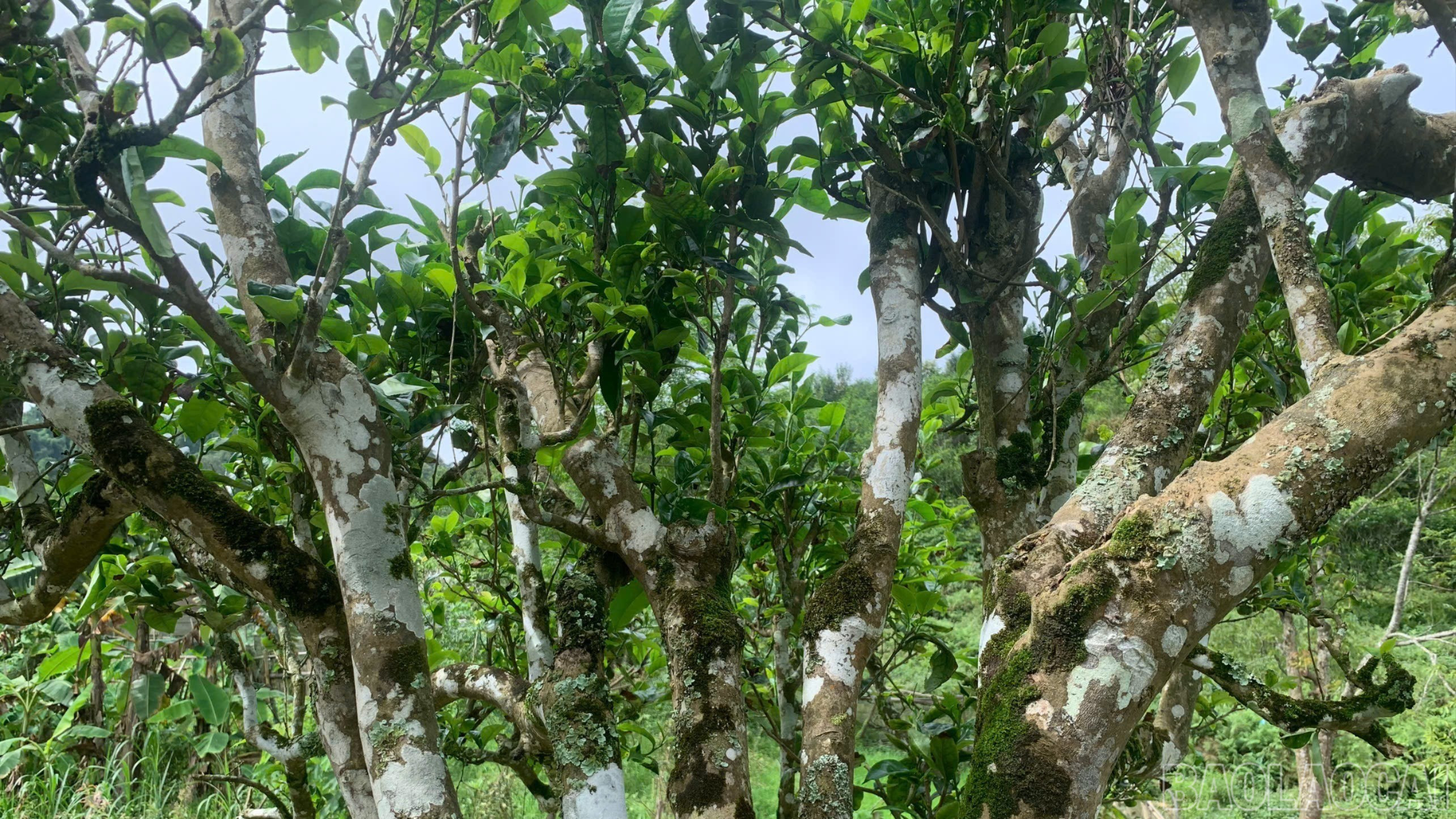
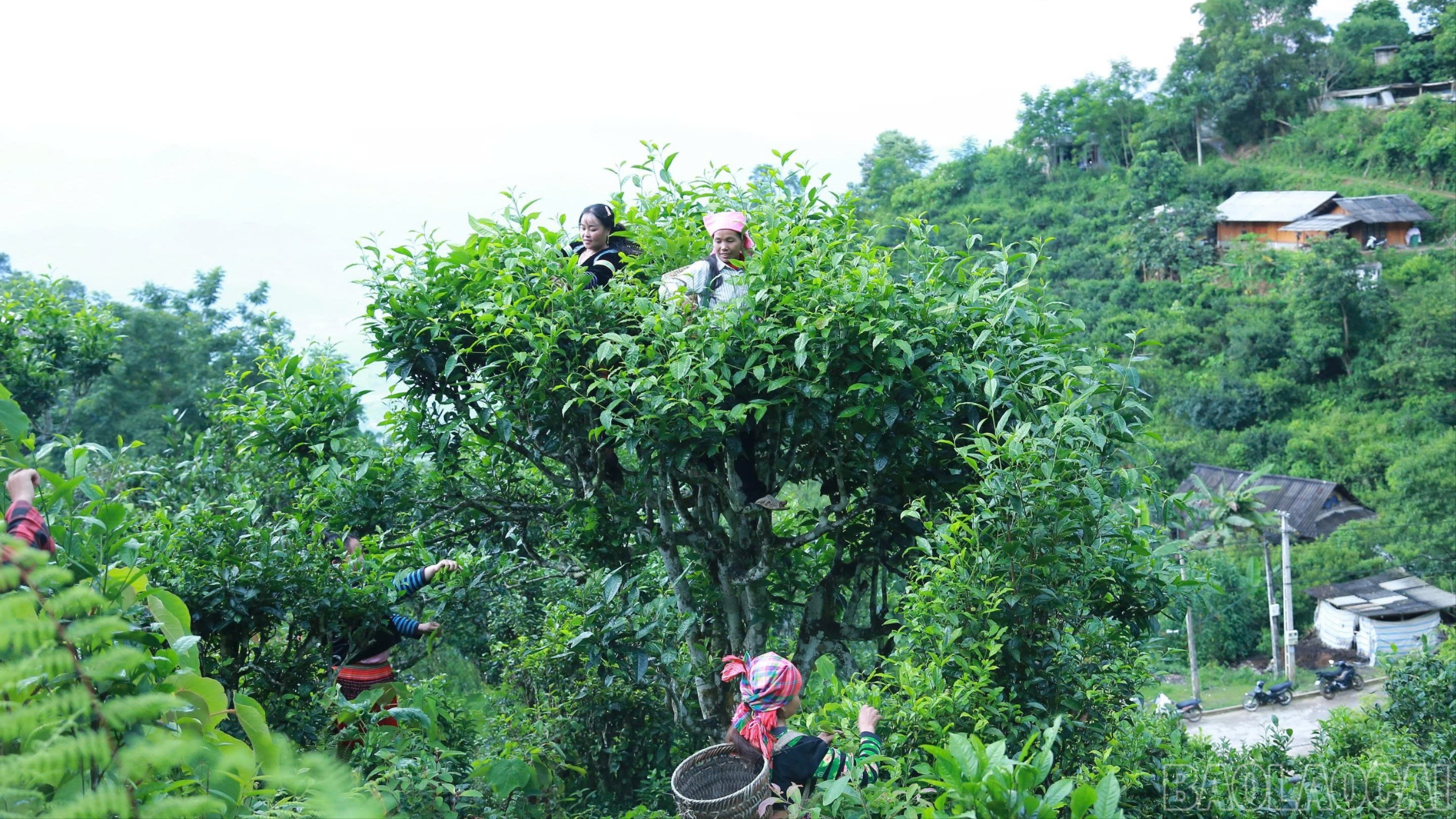
In recent years, the establishment of the Phinh Ho Shan Tuyet Tea Cooperative has created a clear change. The cooperative connects nearly 40 households, organizes the purchase, processing, and production of specialty tea lines such as black tea, white tea, and green tea. The price of fresh tea buds fluctuates between 25,000 and 35,000 VND/kg, helping people feel secure in sticking to the land and the forest.
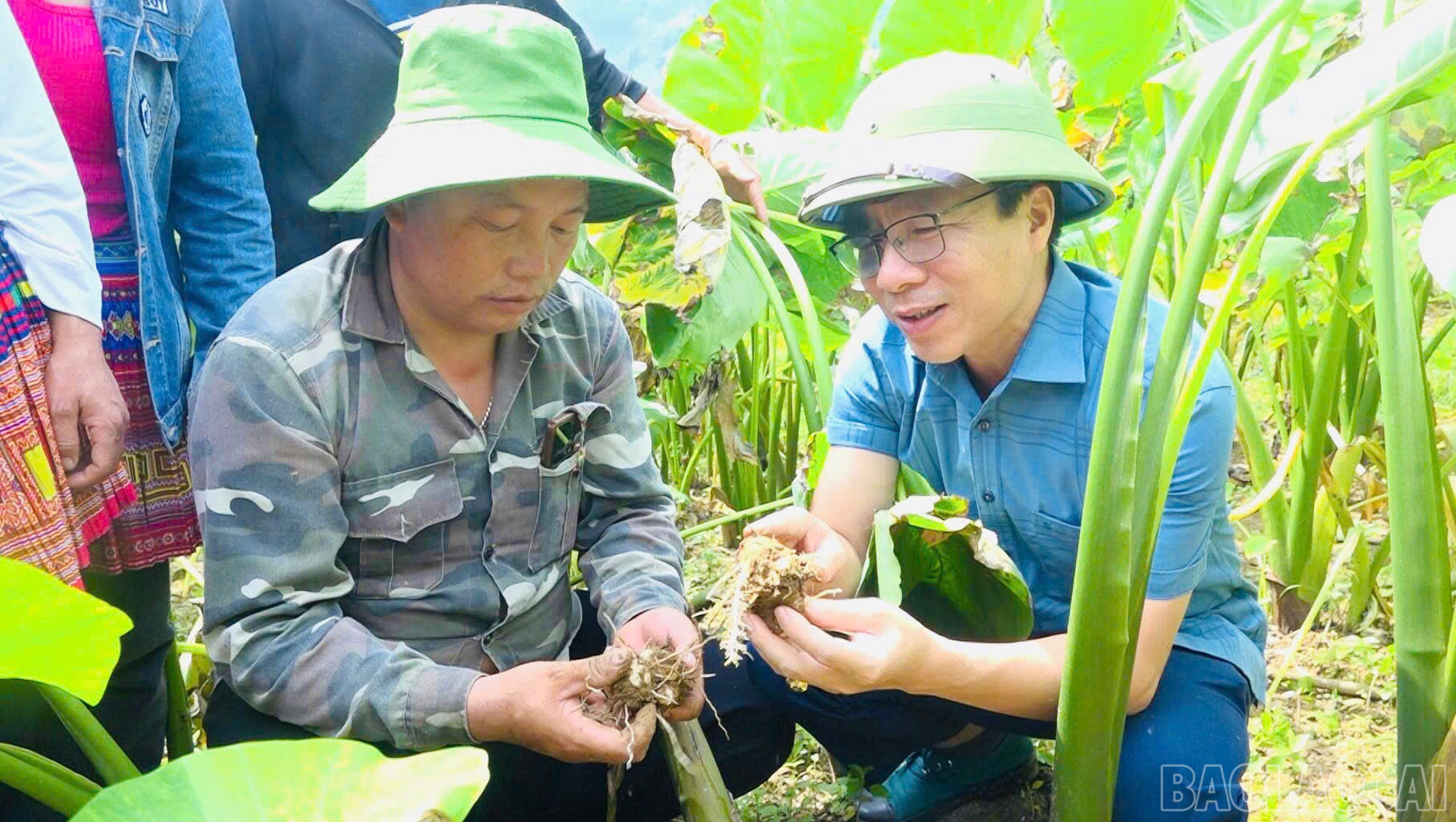
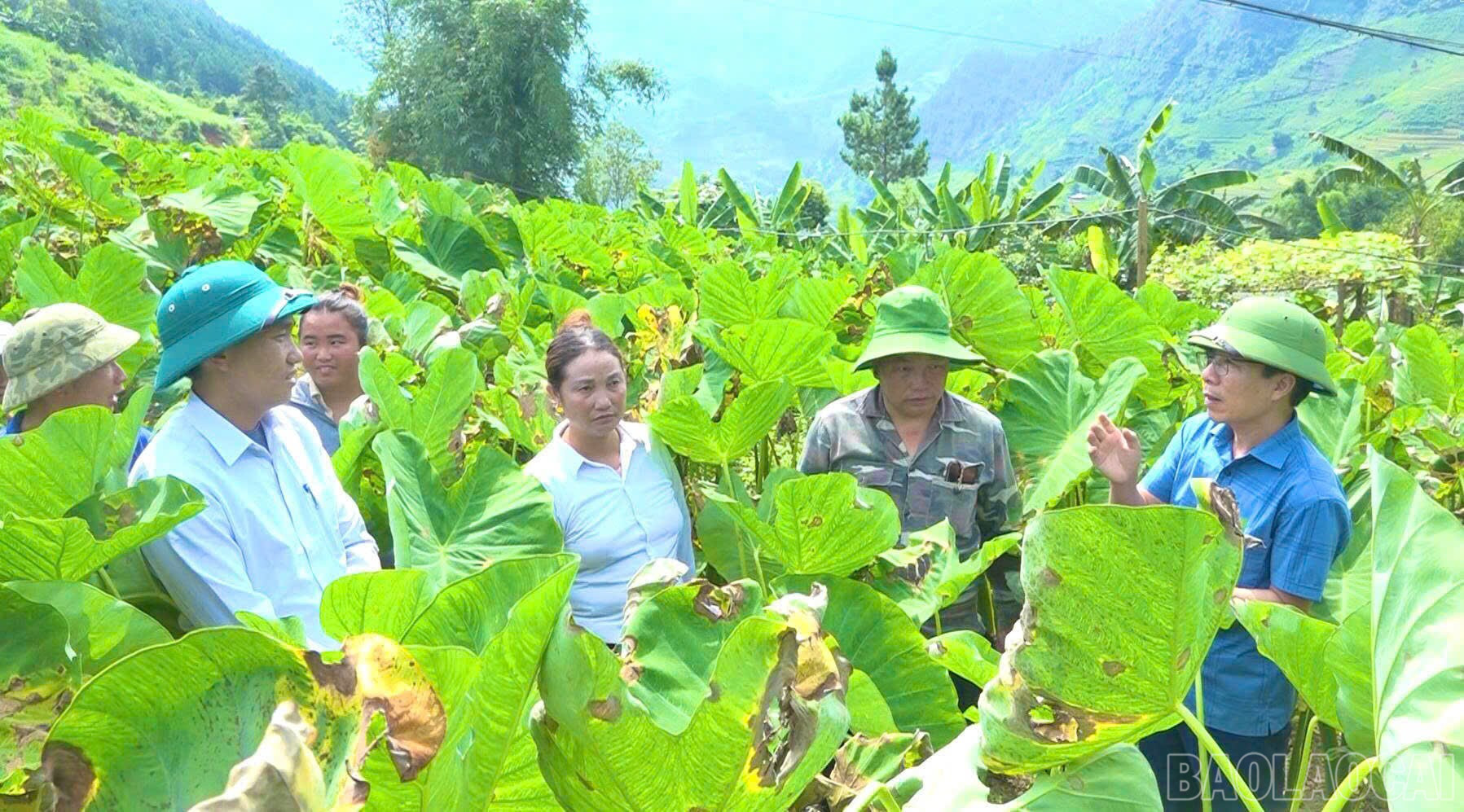
Not only tea, Phinh Ho people are also proud of their taro plants. In Mu Thap village, Giang Pao Long is busy with his taro field, which is about to be harvested. Long said excitedly: “Before, we planted taro just to eat, now we plant it to get rich. My family grows 1 hectare of taro and earns hundreds of millions of dong each year. Now everyone in the village is excited thanks to this taro variety.”
Currently, Phinh Ho commune has 332 hectares of taro, with an average yield of 10 - 12 tons/ha, and a total output of more than 3,300 tons per year. With a selling price of 15,000 - 25,000 VND/kg, upland taro brings in a revenue of over 50 billion VND/year, becoming a key crop, helping hundreds of households stabilize their livelihoods and escape poverty.
In addition to tea and taro, Phinh Ho now has a forest coverage rate of 60.7%, surrounded by majestic waterfalls and rolling hills. Hang De Cho waterfall - one of the "Four Great Waterfalls of the Northwest" - pours white in the middle of the green forest, while Chong Ka Y peak is a famous cloud hunting spot, where visitors can watch the sunrise rising from the immense sea of clouds.
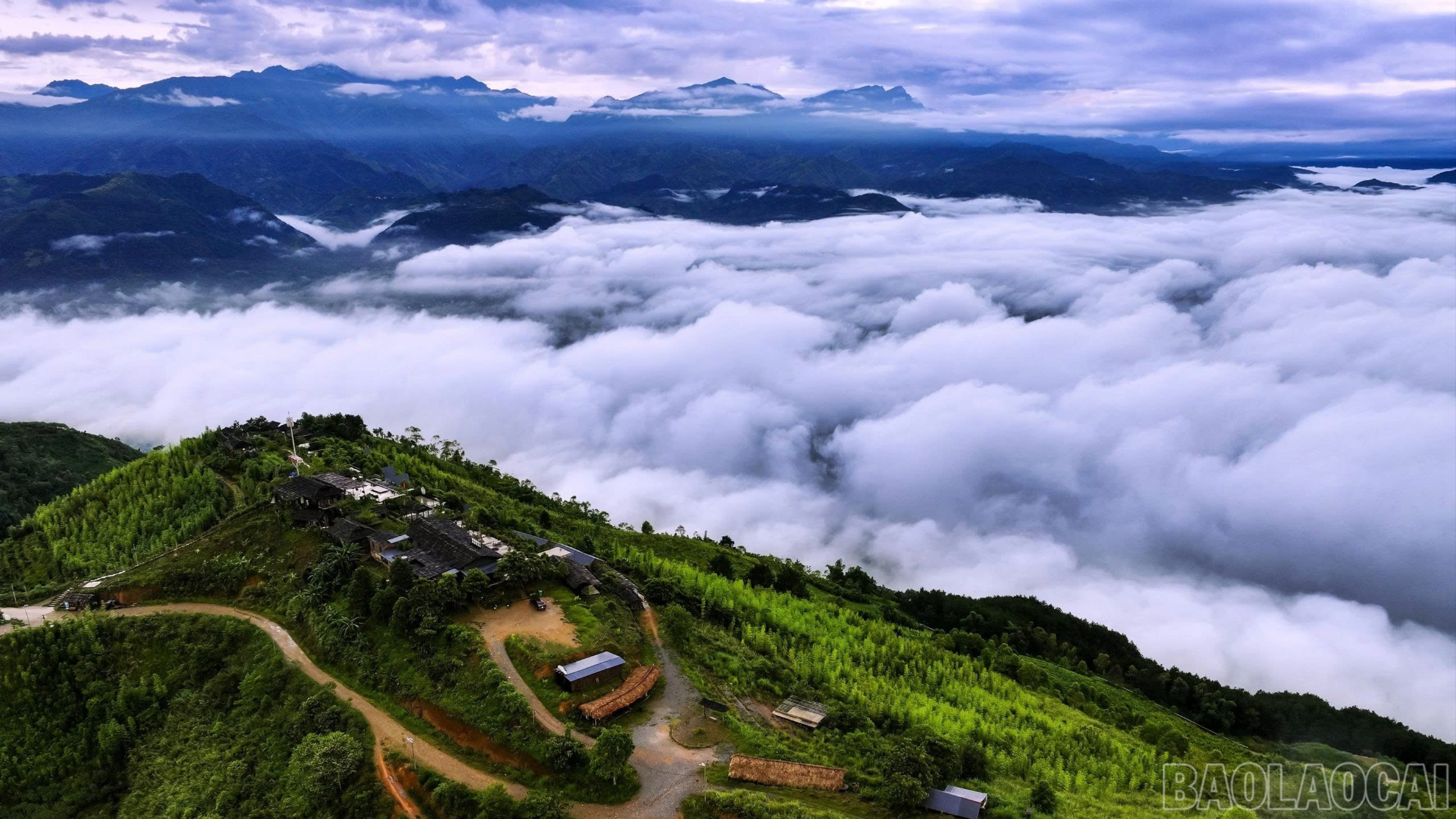
Taking advantage of its natural advantages, Phinh Ho is gradually developing eco -tourism and community tourism. Some tourism models such as Lau Camping and May Village Phinh Ho have been formed, attracting a large number of domestic and foreign visitors. In 2024, this locality welcomed more than 45,500 visitors, including 5,750 international visitors, with revenue reaching 36.4 billion VND - an impressive number for a land with many difficulties.
According to Mr. Nguyen Thanh Hung - Secretary of the Party Committee of Phinh Ho commune, tourism is opening a new direction for the locality: "Developing tourism is not only to increase income but also a way to preserve the cultural identity of the Mong people. We always attach importance to preserving the language, costumes, and traditional festivals so that visitors can live in the original cultural space."
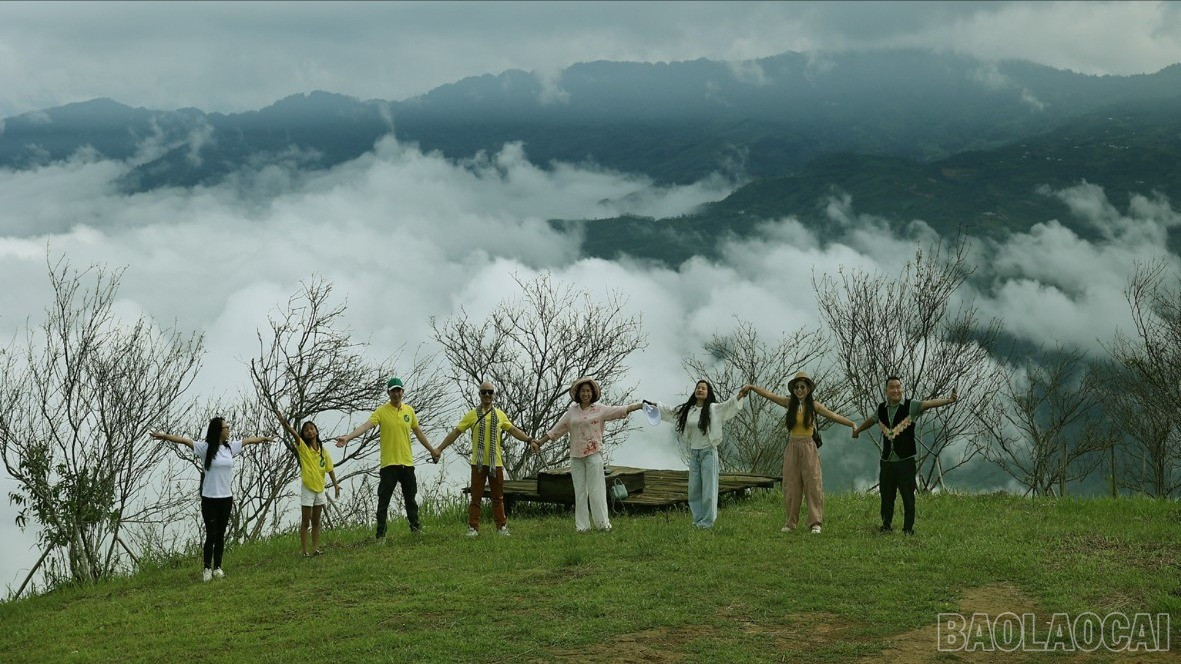
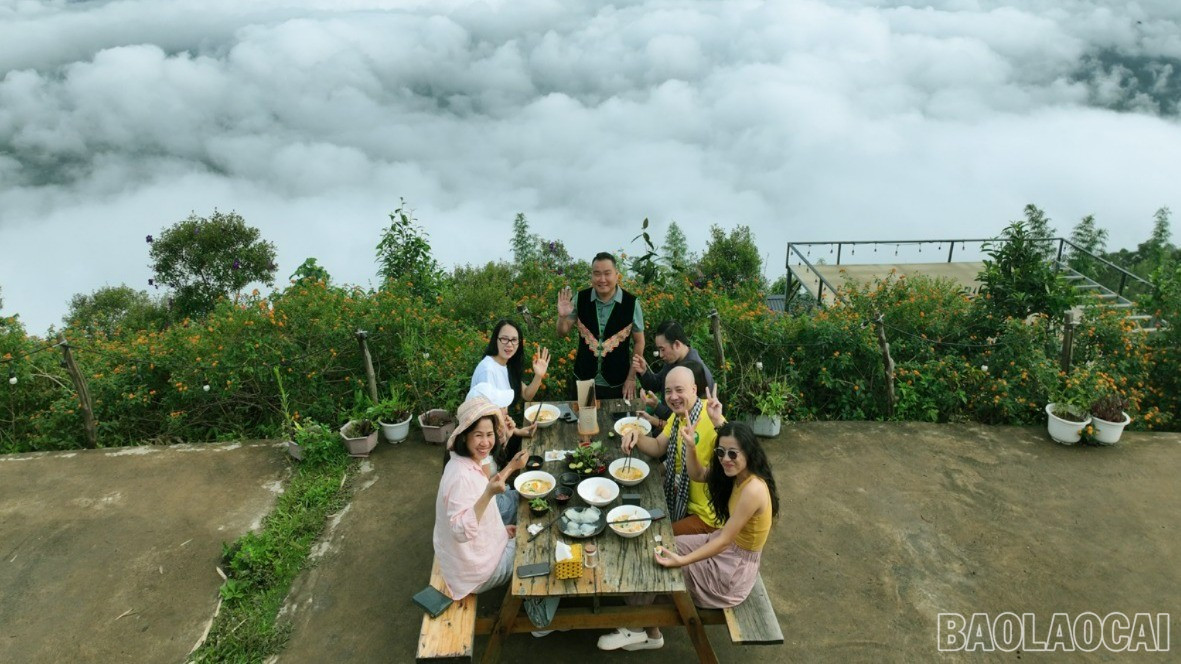
Thanks to the province's investment, the traffic infrastructure in Phinh Ho has been improved. Concrete roads have reached the villages; the national grid and telecommunications network are widespread; new schools and medical stations have been built and upgraded. People can easily access health, education and social security services. In the period of 2020 - 2025, the total investment capital for the new rural construction program is estimated at over 498 million VND; the average income of people is estimated to reach 28 million VND/person/year in 2025, an increase of 33% compared to 2020; the rate of people using clean water is 100%, the rate of rural households with clean toilets is 65%.
Promoting the existing potential, in the coming time, Phinh Ho commune will continue to develop organic specialty agriculture , build the brand of Shan Tuyet tea and upland taro, striving to reach an average income of 58 million VND/person/year by 2030. Along with that, this locality will promote eco-tourism and community tourism, aiming for 50,600 visitors, with a revenue of 30.3 billion VND/year...
Amidst the vastness of the forest, Phinh Ho is changing day by day. The lush green tea hills, the potato fields laden with tubers, the homestays looming in the afternoon mist – all are blending into the new rhythm of life of this land rich in potential, which is growing strongly on the journey of sustainable development.
Source: https://baolaocai.vn/phinh-ho-danh-thuc-tiem-nang-vung-cao-post885570.html



![[Photo] General Secretary To Lam meets former British Prime Minister Tony Blair](https://vphoto.vietnam.vn/thumb/1200x675/vietnam/resource/IMAGE/2025/10/30/1761821573624_tbt-tl1-jpg.webp)
![[Photo] Touching scene of thousands of people saving the embankment from the raging water](https://vphoto.vietnam.vn/thumb/1200x675/vietnam/resource/IMAGE/2025/10/30/1761825173837_ndo_br_ho-de-3-jpg.webp)
![[Photo] General Secretary To Lam attends the Vietnam-UK High-Level Economic Conference](https://vphoto.vietnam.vn/thumb/1200x675/vietnam/resource/IMAGE/2025/10/30/1761825773922_anh-1-3371-jpg.webp)
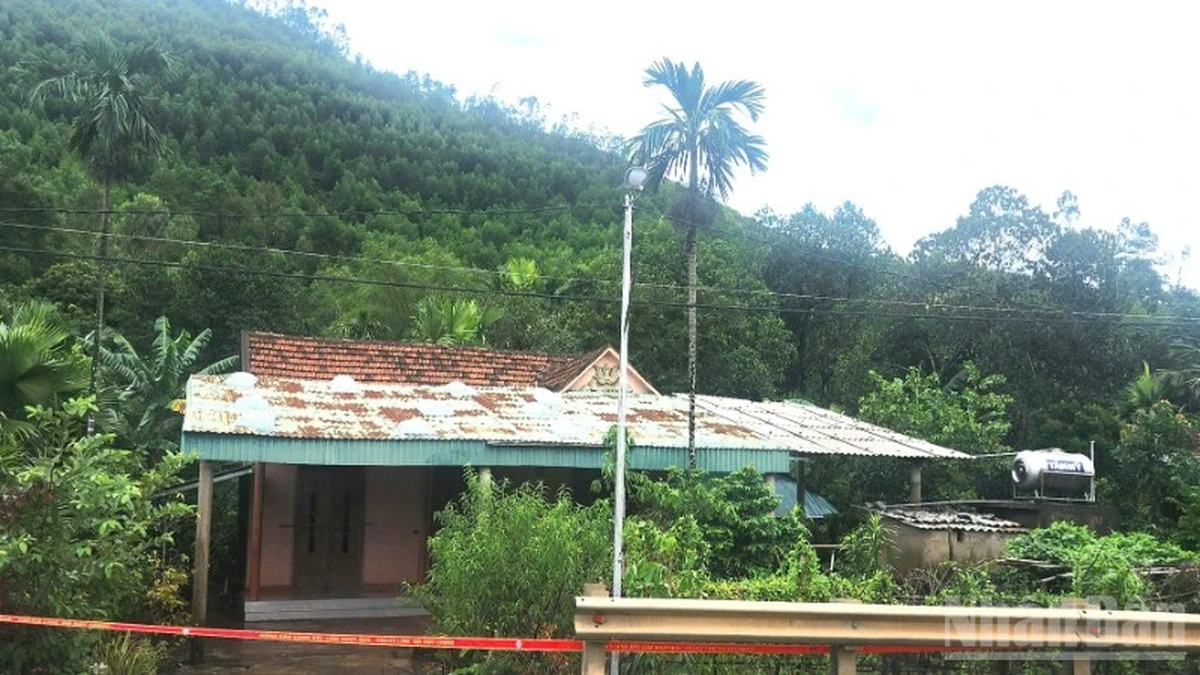
![[Photo] The Third Patriotic Emulation Congress of the Central Internal Affairs Commission](https://vphoto.vietnam.vn/thumb/1200x675/vietnam/resource/IMAGE/2025/10/30/1761831176178_dh-thi-dua-yeu-nuoc-5076-2710-jpg.webp)









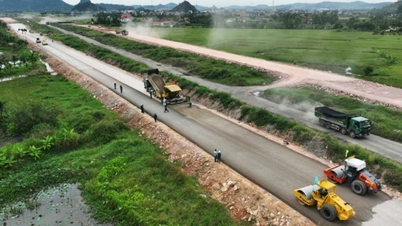






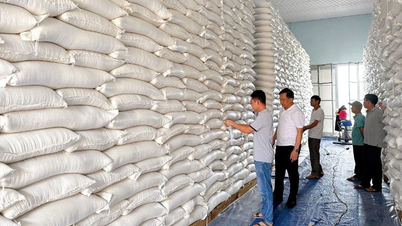

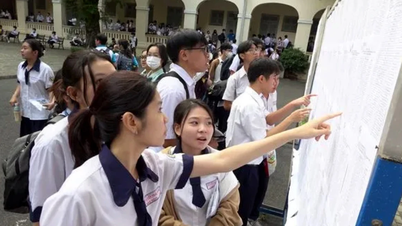
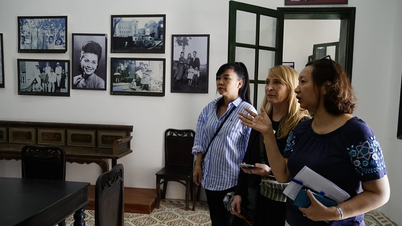
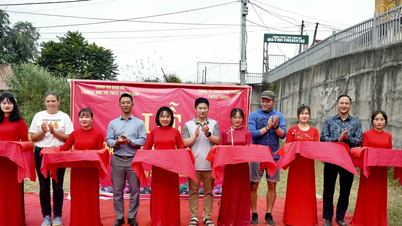

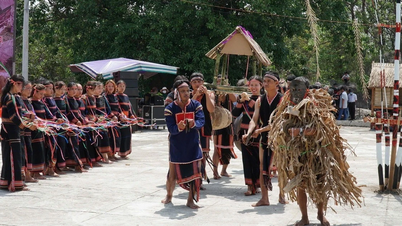





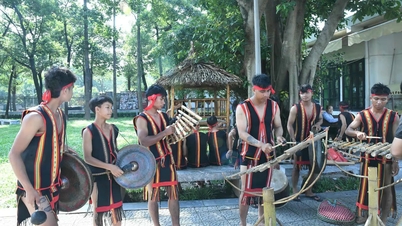

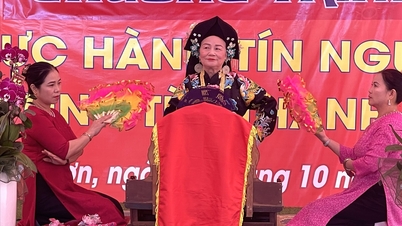

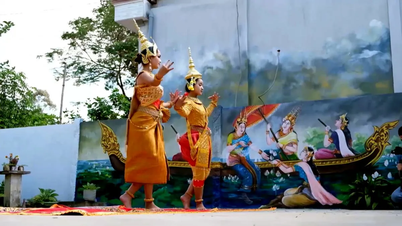

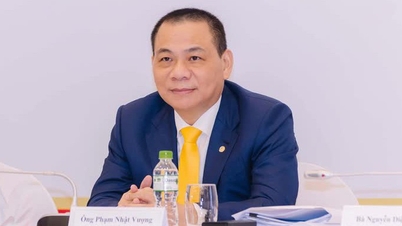

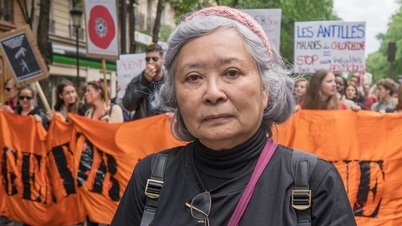

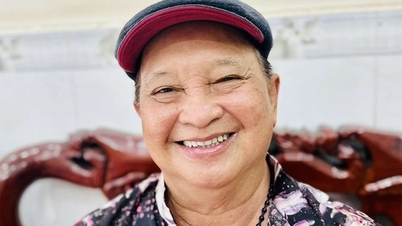



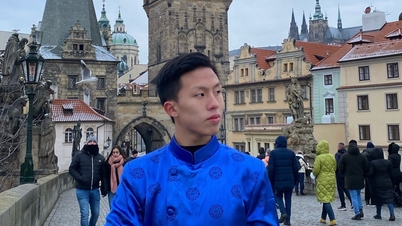

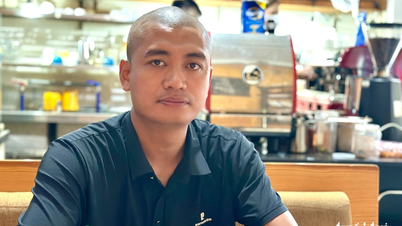






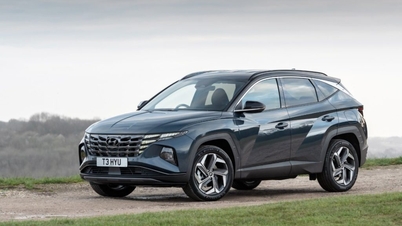

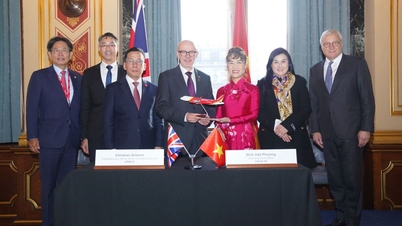







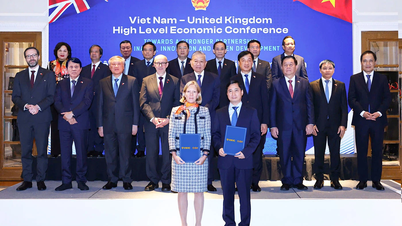

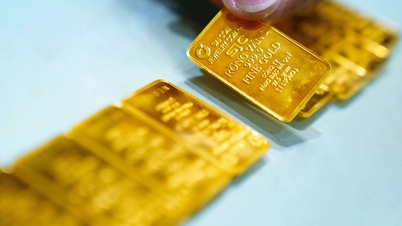

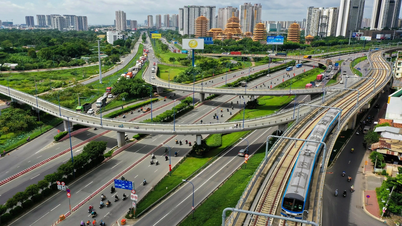
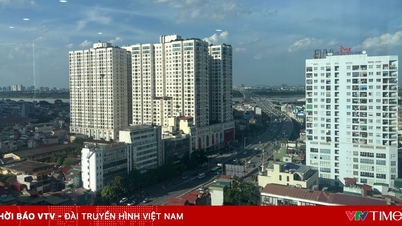

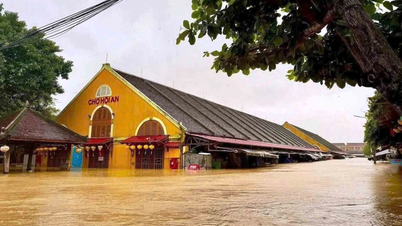


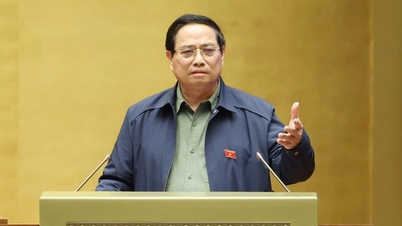
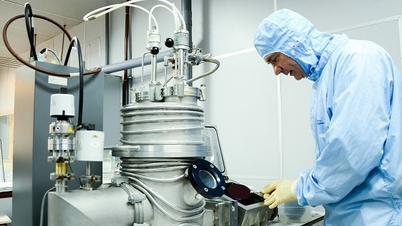

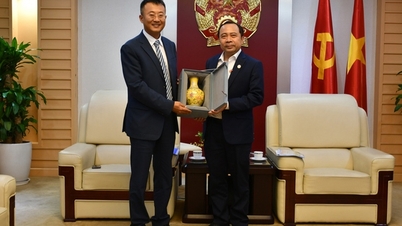
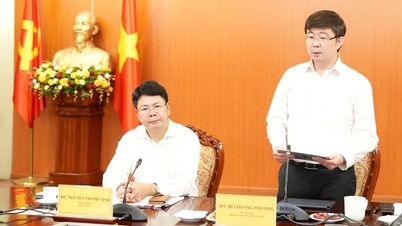

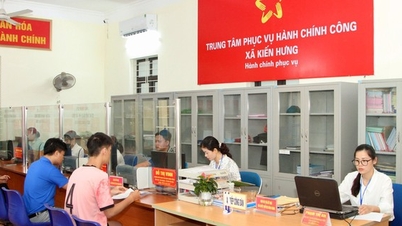
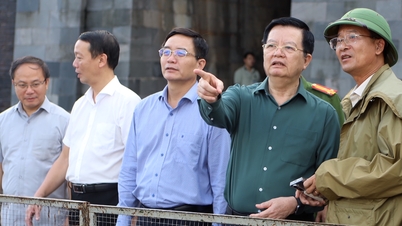



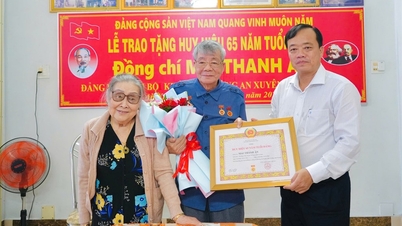




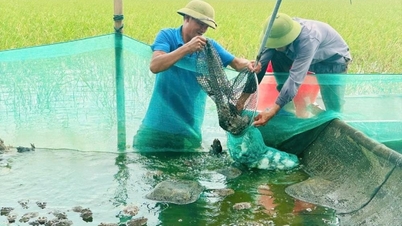














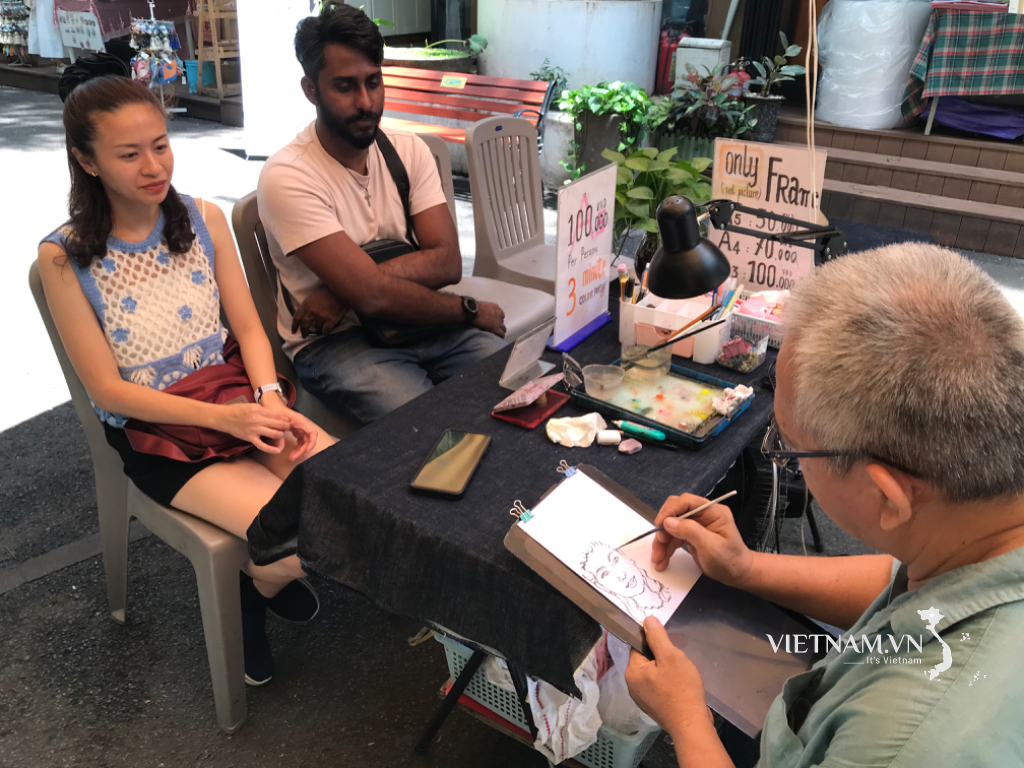

Comment (0)